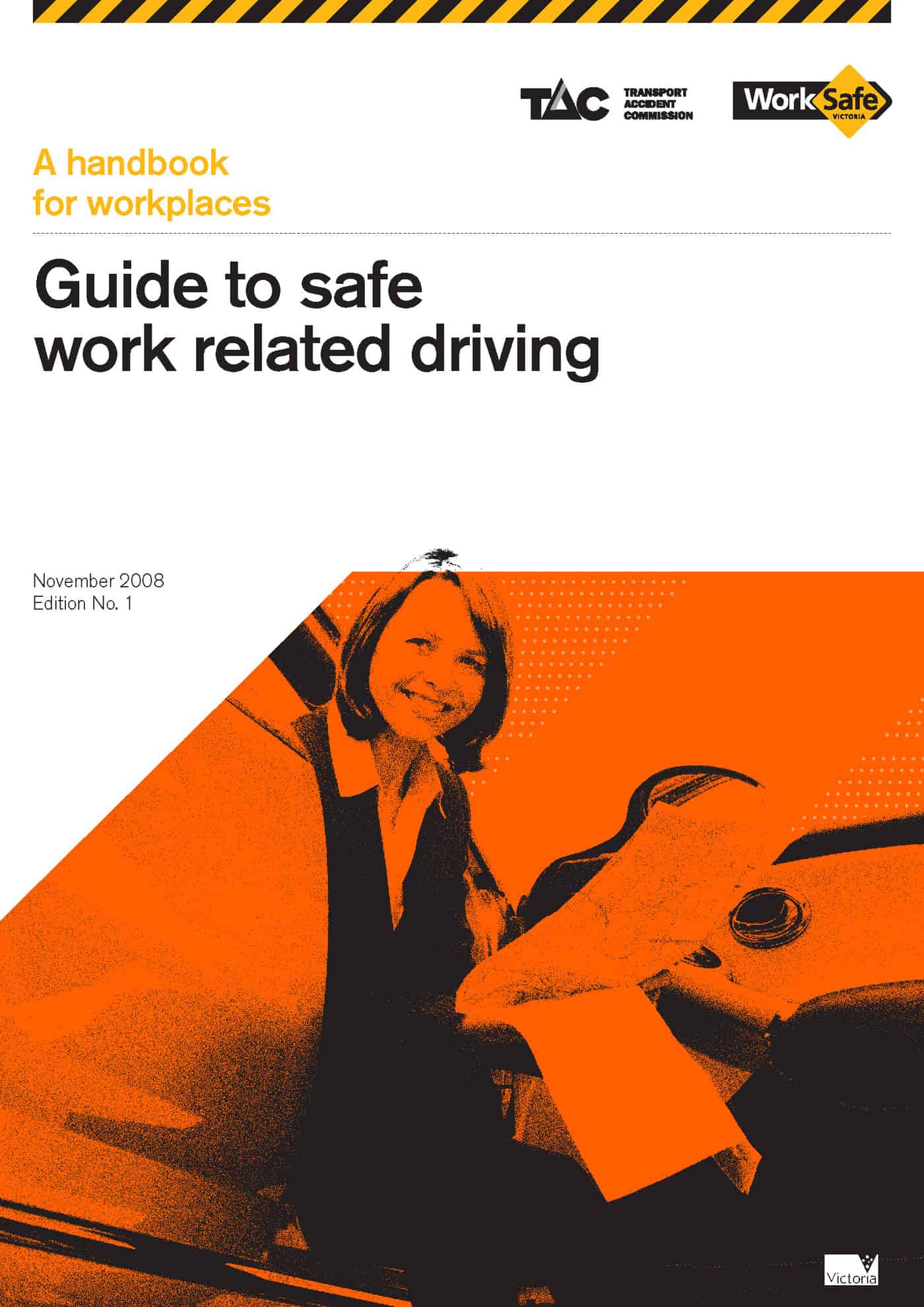The global theme for the 2009 International Women’s Day (8 March 2009) is
“Women and men united to end violence against women and girls”
The organising committee is at pains to stress that although this is a global theme, individual nations, individual states and organisations are able to set their own themes. Some themes already chosen include
- Australia, UNIFEM: Unite to End Violence Against Women
- Australia, QLD Office for Women: Our Women, Our State
- Australia, WA Department for Communities: Sharing the Caring for the Future
- UK, Doncaster Council: Women’s Voices and Influence
- UK, Welsh Assembly Government: Bridging the Generational Gap
Given that Australian health care workers suffer occupational violence, amongst many other sectors, and that employers are obliged to assist workers who may be subjected to violence at work or the consequences of non-work-related violence, it seems odd that so often the major advocates of International Women’s Day remain the unions.
It is also regrettable that many of the themes internationally and locally are responding to negatives rather than motivating action from strengths.
As is indicated from the list above, the public sector agencies are keen to develop programs around the international day. The societal and career disadvantages of women are integral to how safety is managed.
Stress, violence, adequate leave entitlements, security, work/life balance, chronic illness – all of these issues are dealt with by good safety professionals. Perhaps a safety organisation or agency in Australia could take up the theme of “Safe work for women” and look at these issues this year using gender as the key to controlling these hazards in a coordinated and cross-gender fashion.
In support of women’s OHS (if there can be such a specific category), readers are reminded of an excellent (and FREE) resource written by Melody Kemp called Working for Life: Sourcebook on Occupational Health for Women

